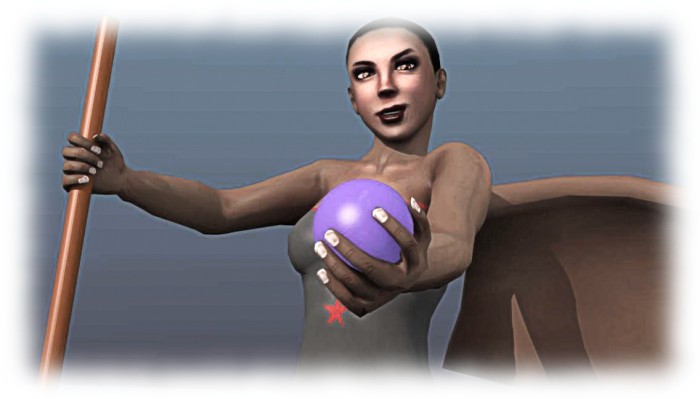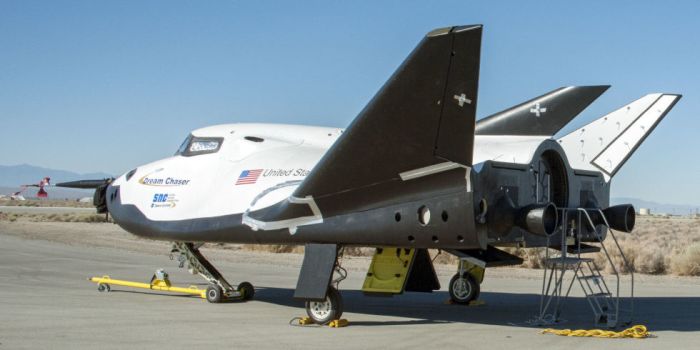
Project Bento is the Lab-led project, working in collaboration with Second Life content creators, to enhance the SL avatar skeleton with over 90 new bones. The intention is to enable creators to accommodate features like subtle facial expressions, articulating fingers, smoothly flapping wings, waving tails, and much more that was previously impossible or required complex workarounds.
During the project, Draxtor Despres and I were invited along to the (initially closed) project development meetings, starting in June 2015, to witness the collaborative effort between the Lab and content creators, and document things once the project entered public knowledge.
Now, as a part of this work, Drax and the Lab are working on a special edition of The Drax Files World Makers series, which takes a look behind-the-scenes from the project, featuring interviews with Lab staff and moles engaged in the project, together with content creators who helping with the development and improvement of the project.
Etheria Parrott demonstrates how the new Bento bones can animate the head of a bunny avatar
To help with video, and as Linden Lab recently blogged, there were be two special filming sessions taking place on Aditi, the beta grid, to which those actively working on content utilising the Bento skeleton extensions are invited.
The two sessions, with dates and times, are described thus in the official blog post:
On January 19th at NOON SLT, there will be an open casting call for anyone who has built something with Bento to come show off their work. Selected creators may be filmed and/or interviewed to be featured in an upcoming episode of the Drax Files. You will need to login to Aditi in order to access the location (secondlife://Aditi/secondlife/Bento%20Island/128/128/23).
In addition to the open casting call, creators are encouraged to contact Draxtor Despres in-world with information about what they’re making. Video, screen-shots, descriptions – the more information the better, and the sooner you can share that – the better as well. Chosen creations and their creators will be contacted with information for a private filming on January 20th, 2016, with Draxtor and Torley Linden.
Aki Shichiroji demonstrates her centaur avatar, which uses the new wing bones to animate the rear legs
Nor is the invitation limited to those directly involved in the project: machinima makers are also encouraged to log-in to Aditi and enjoy an opportunity to film some of the creations which are currently being developed as a result of Project Bento.
Note that access to Bento Island may not occur prior to the start of the filming event (the official blog post quotes the island will be open from “January 10th”; however, given the post wasn’t published until January 14th and I’ve been unable to access the region when logged into Aditi, I believe this is a typo, and should read “January 19th”). Also, if you haven’t logged-in to Aditi before (or in a good while), you are advised to do so well beforehand. Instructions on how to this, for those who need them, can be found on the SL wiki page.
In the meantime, Drax had produced a little teaser to help whet appetites, and I’ll see you over on Aditi on the 19th, and you can keep abreast of Project Bento through the project updates in these pages, which will also include more on the background to the project.



